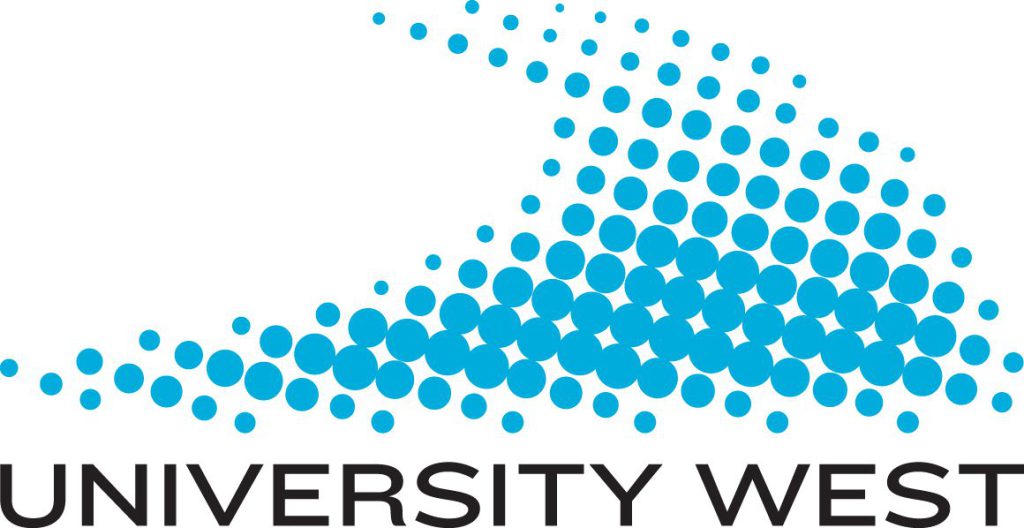Work-integrated… what?
Providing students with work-based experiences is a popular educational approach. What I find problematic is the general trend to label this approach Work integrated Learning (WIL) rather than Work-integrated Education (WIE) (Billett & Valencia-Forrester, 2020). The International Journal of Work-integrated Learning reproduces this trend by defining WIL as:
an educational approach that uses relevant work-based experiences to allow students to integrate theory with the meaningful practice of work as an intentional component of the curriculum… (https://www.ijwil.org/).
Distinguishing between WIE (i.e., the educational approach of providing students with work-based experiences) and WIL (here defined as a multifaceted form of learning that students are intended to experience through WIE), is not only vital because it is more correct to use the education- rather than the learning-term when referring to this approach. More importantly, this distinction can shed light on a vital fact that is blatantly ignored in research; namely that there is one form of WIL which students are guaranteed to acquire through WIE, and another form of WIL which WIE cannot guarantee that students accomplish.
The form of WIL that WIE ensures is illustrated by this example. A common design of WIE is to offer students placement-based training in addition to on-campus training. At placements, students are guaranteed to acquire WIL in the sense that they are certain to learn something about the occupation they study for. For instance, student teachers’ placements ensure that they learn something about how it is to have lessons with pupils. The form of WIL that cannot be guaranteed through WIE is that students succeed in integrating what they learn on campus and at placements. While WIE provides opportunities for students to accomplish this integration, research emphasises that said integration is a challenge for students (Gustafsson, 2004; Ngyuen, 2019; Crisp et al., 2019; Björck, 2020).
So, why is it then a problem that the educational approach of providing students with work-based experiences is labelled WIL? At a first glance, this may seem irrelevant. However, this labelling is arguably an example of how vital it is to remember that the devil is in the detail. Labelling this approach WIL implies that the approach automatically leads to WIL, when the stated integration process is not a definite outcome of said approach. Distinguishing between WIE and WIL can be a way of avoiding this implication and encouraging contemplation about how WIE and WIL are related.
Furthermore, can the trend to use the WIL- rather than the WIE-label when referring to an educational approach be an example of what Biesta (2010) termed the learnification of the educational discourse? What Biesta (2010) meant is that there is a trend in contemporary discourse (conversation) on education to speak and write about learning rather than about education. Biesta (2010) problematised that the learnification of the educational discourse is manifested through a language use whereby people tend to discuss learning in a vague and general way without asking key educational questions such as “what should students learn” and “how can we as educators design for this learning”?
I can see two problematic discursive trends in this connection. One is that researchers and educators (myself included) regularly refer to WIL in rather vague terms. For instance, several researchers and educators tend to not make a clear distinction betweenWIL and WIE and/or use the WIL-label without being specific about what they mean by WIL. The other discursive trend is to use a language which implies that students’ integration of what they learn on campus and at placements is not a challenge but rather a process that takes care of itself as students move between campus and placements.
Both these discursive trends (re)produce a rather hollow language use that tends to not open up a discursive space for a detailed discussion about what WIL can mean and how WIL can be designed for in different contexts. Thus, these discursive trends arguably contribute to a de-learnification of the discourse on WIL because they encourage researchers and educators to discuss WIL in a hollow way rather than to thoroughly debate how WIL can take various forms and shapes and be designed for in different ways.
Ville Björck, post-doctoral researcher in Work integrated Learning, at University West
References
Biesta, G.J.J. (2010). Good Education in an Age of Measurement: ethics, politics, democracy. Boulder, CO: Paradigm.
Björck, V. (2020). Learning ‘theory’ at university and ‘practice’ in the workplace: A problematisation of the theory-practice terminology that the dualistic design of Work-integrated Learning institutionalises (Doctoral dissertation, University West). Retrieved from http://urn.kb.se/resolve?urn=urn:nbn:se:hv:diva-16063
Crisp, G., Higgs, J., & Letts, W. (2019). The Employability Agenda. In J. Higgs, G. Crisp & W. Letts (Eds.), Education for Employability (Volume 2): Learning for Future Possibilities, 3-12. Brill Sense.
Gustafsson, J. (2004). Lärarutbildningen och det tredje rummet. I J. Theliander, K. Grundén, B. Mårdén & P. O. Thång (Red.), Arbetsintegrerat lärande, 101-122. Studentlitteratur. Nguyen, N. (2019). Key factors affecting work-integrated learning in language teacher education: a multisite case study. [Dissertation School of Education at Western Sydney University]. Retrieved from http://hdl.handle.net/1959.7/uws:53270

